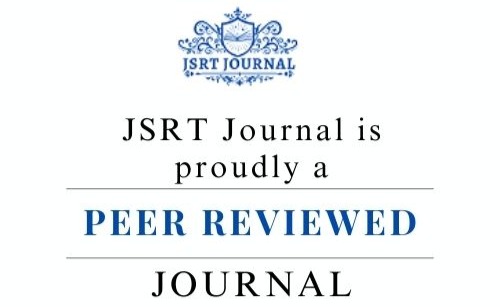Bone Deformity Identification Using ML
Keywords:
AI, Deep Learning, X-rays, CT/MRI, CNN, Bone deformityAbstract
Accurate detection and measurement of bone deformities—such as lower-limb alignment errors, spinal misalignments, and joint abnormalities—are critical for planning corrective orthopedic treatments. Recent AI-driven methodologies employ deep learning techniques to automatically locate anatomical landmarks on X-rays and CT/MRI scans, significantly improving efficiency and reducing dependency on expert manual assessment. For instance, landmark-based models operating on bi-planar radiographs achieved vertebral detection accuracy rates of up to 98%, coupled with mean absolute landmark and angular errors under 1.8 mm and ~5.6°, respectively. Multi-view convolutional neural networks further enhance 3D deformity assessments of lower limbs, yielding landmark localization errors of around 2.05 mm and angular deviations of below 0.9°. Additionally, segmentation-based deep learning methods targeting knee deformities—like varus/valgus misalignment—achieved an AUC of 0.9839 in angle classification, utilizing hyperparameter-optimized CNN pipelines. These AI systems streamline deformity quantification, reducing time and inter-observer variability while offering accuracy comparable to clinicians. Together, these advances demonstrate the high potential of machine learning in supporting early detection and corrective planning of bone deformities across orthopedic practice.











